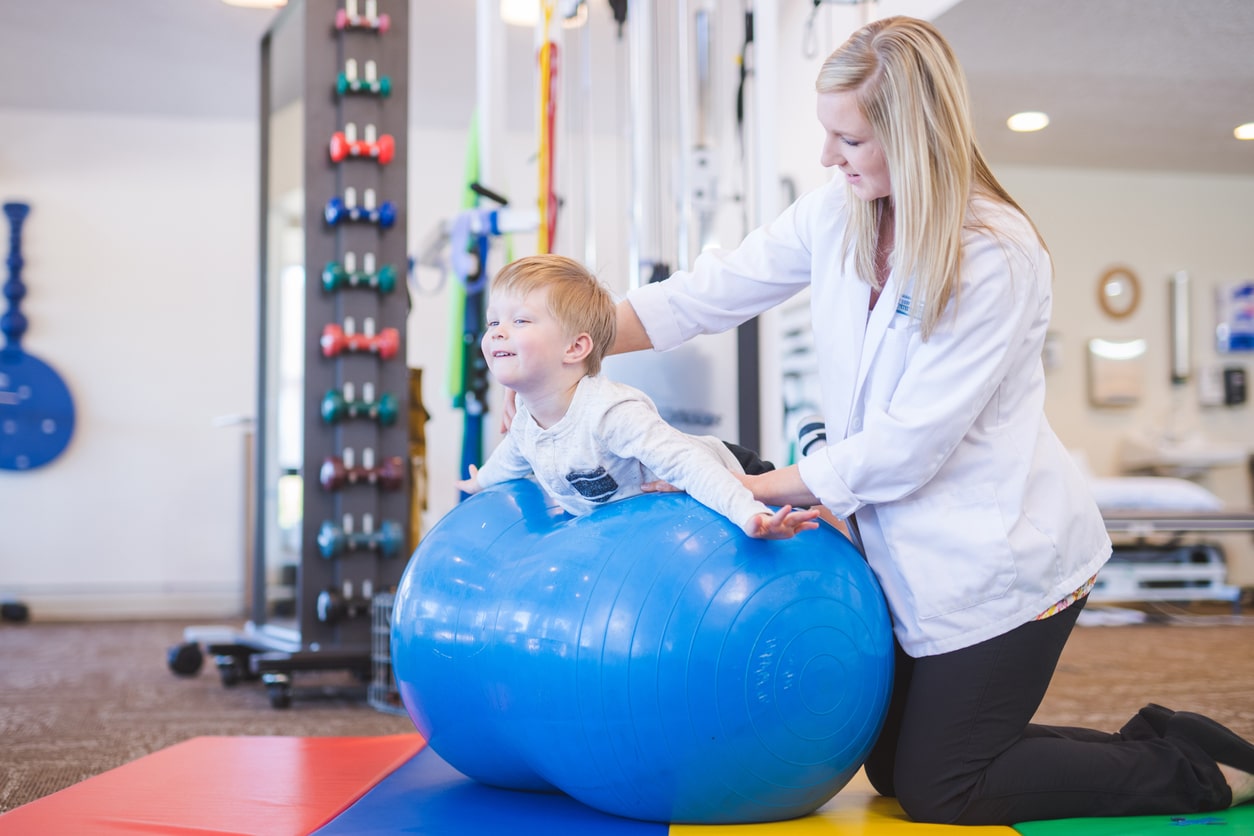Effective Approaches for Reducing Dyspnea in Physiotherapeutic Therapy Appointments
Effective Approaches for Reducing Dyspnea in Physiotherapeutic Therapy Appointments
Blog Article
Dyspnea, or difficulty breathing, is a frequent issue that many people face, particularly those with long-term lung conditions, heart problems, or other health conditions. In physical therapy sessions, addressing dyspnea is essential for helping clients improve their overall standard of life. By employing specific methods and approaches, physical therapists can assist patients in managing their breathing difficulties. Grasping these effective approaches can enable both therapists and patients to collaborate together more efficiently in overcoming challenges related to dyspnea.
One of the main techniques used to reduce breathing difficulties in physical therapy is the practice of controlled breathing exercises. These exercises often focus on diaphragmatic breathing, which promotes patients to use their diaphragm rather than their upper thoracic muscles when breathing in. This approach helps to maximize lung capacity and effectiveness. Additionally, pursed lip breathing is another approach that can be beneficial. This method requires breathing in through the nose and exhaling slowly through pursed lips, which can help to keep airways open longer and render breathing feel more manageable. By incorporating these exercises into therapy sessions, physical therapists can provide patients with strategies to control their dyspnea both during and outside of their appointments.
Another crucial aspect of controlling dyspnea in physical therapy is the creation of an individualized exercise regimen. Customizing exercises to meet the specific needs and abilities of each patient is essential. Therapists should gradually introduce aerobic activities, such as ambulating or cycling, in a controlled manner, allowing patients to develop their endurance over a period. This progressive method helps patients to feel more at ease with physical activity while simultaneously improving their lung capability and overall endurance. It is vital for therapists to monitor patients carefully during these exercises to make sure they are not overexerting themselves, which could lead to greater difficulty of breath.
Education also plays a significant role in alleviating breathing difficulties during physical therapy appointments. Providing patients with information about their condition and the factors behind dyspnea can enable them to take control of their health. Therapists can explain how factors like anxiety, posture, and surrounding conditions can influence breathing. By understanding these concepts, patients can discover to control their issues more effectively. Techniques such as stress reduction methods and proper body posture can further assist in reducing the effects of breathing difficulties during daily activities and therapy sessions.
In summary, effectively reducing dyspnea in physical therapy sessions involves a mix of breathing exercises, personalized exercise programs, and patient teaching. By applying Visit Website these efficient approaches, physical therapists can help patients manage their respiratory difficulties and improve their overall health. Working together between therapists and patients is essential to create tailored interventions that address specific needs. With the appropriate support and methods, patients can find relief from dyspnea and engage more fully in their physical therapy journey, eventually leading to a better standard of life.